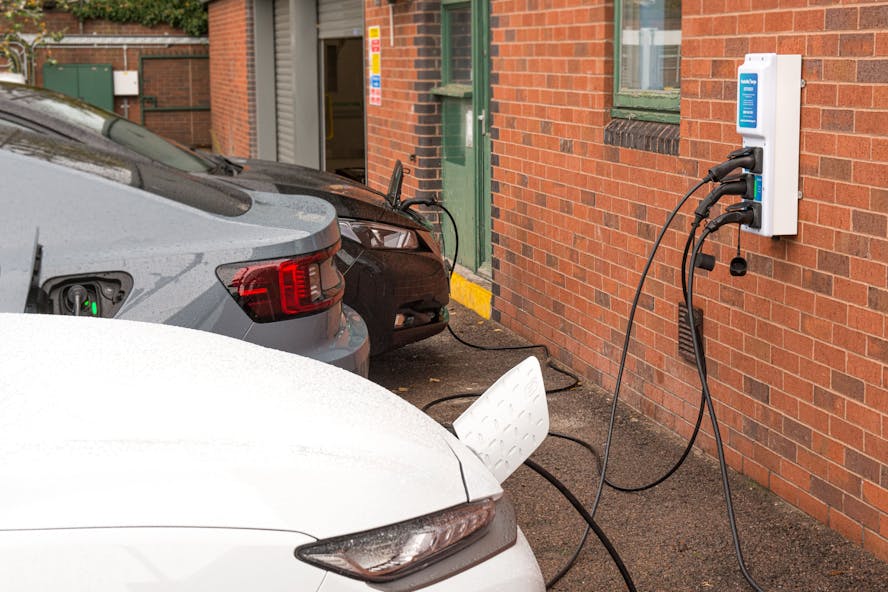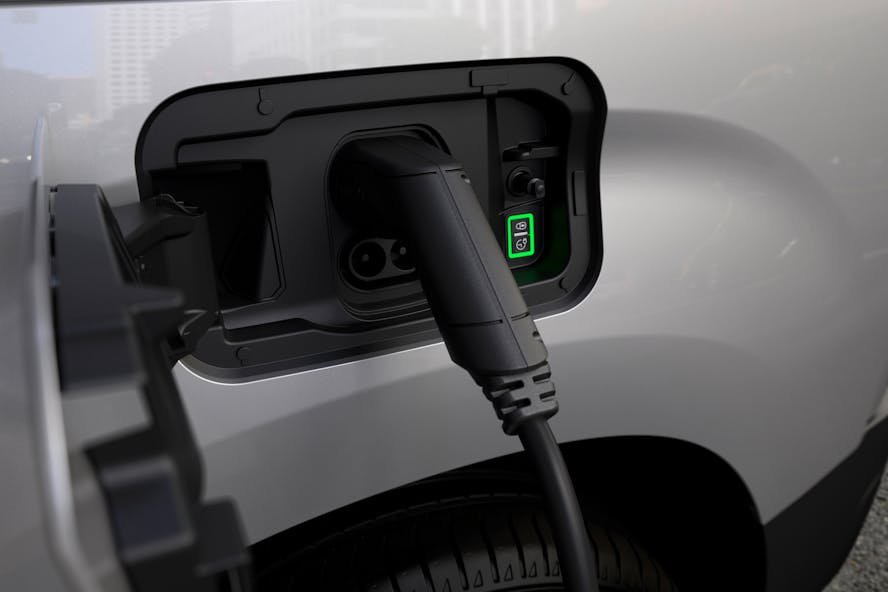Charging electric vehicles at work
More and more employers across the country are offering charging access in workplace car parks, which serve as the next most-likely place an electric vehicle(EV) will spend time parked after the home.
The ability to charge at work can potentially double an EV driver’s all-electric daily commuting range. For people with no off-street parking the ability to charge at work can make driving an electric vehicle a viable option.
At DriveElectric, we categorise workplace charging as the second most important place to charge, after the home.
Benefits for Employers and Building Owners
Employee recruitment and retention
The availability of charging conveys that your organisation stays on the leading edge of technological development, even to workers who don’t drive electric vehicles (yet!). And employers that offer charging may be better positioned to attract and retain employees who do drive an electric vehicle already.
Furthering sustainability goals
The availability of vehicle charging can be a strong addition to an organisation’s larger portfolio of sustainability practices, particularly if the organisation has existing objectives related to employee commuting practices, greenhouse gas reductions, and/or transportation emissions reductions.
Public image
Providing workplace charging can help demonstrate an organisation’s leadership in
supporting cutting-edge, clean transportation technologies to customers, consumers, and the surrounding community.
Employee satisfaction
Workplace charging can be an attractive addition to your organisation’s existing employee benefits package. Employees will likely appreciate that their employer is proactive in seeking out ways to enhance their experience at the workplace.
Tenant attraction and retention
Building owners, managing agents and landlords who offer workplace charging at their facilities send the message that they are interested in providing smart, proactive solutions for their tenants’ present and future needs. Entering this fast-growing niche market today may yield significant benefits in the long run.


Evaluating and planning for workplace charging
Facilities ownership considerations
Implementing workplace charging is easiest when the employer owns and operates its campus or facility. Planning and installation will be more straightforward processes if the employer has singular control of the critical pieces of real estate, including the affected parking area(s), building(s), and electrical infrastructure.
Planning and installation may be more complex when multiple stakeholders are involved, particularly in densely developed urban areas. For example, a business may lease office space in a building that is owned by one entity, operated and maintained by another entity, with a parking facility operated by yet another entity.
Evaluating employee demand
Regardless of whether a workplace charging project is initiated by the employer or by employees, it will be useful to gauge potential employee demand. Employee surveys can be useful for this purpose. A survey should not only assess existing demand, but also help evaluate future demand. At DriveElectric, our team of electric vehicle specialists can perform a comprehensive suitability assessment of your staff. Please get in touch to find out more.
The organisation’s decision makers should evaluate survey results to help determine the number of charging stations that may be needed. EV production and ownership are expected to grow rapidly over the coming decade, so employers may want to allow for the possibility of future expansion when developing their workplace charging plans. This may include upgrading a facility’s electrical service beyond what is necessary for short-term demand.
Find out more about EV charging...
Home charging, workplace charging, public charging, we've got it covered
More EV guides
Understanding Vehicle Excise Duty (VED) or "Road Tax" for EVs

How to save money on a new car with Salary Sacrifice
How is salary sacrifice calculated?
